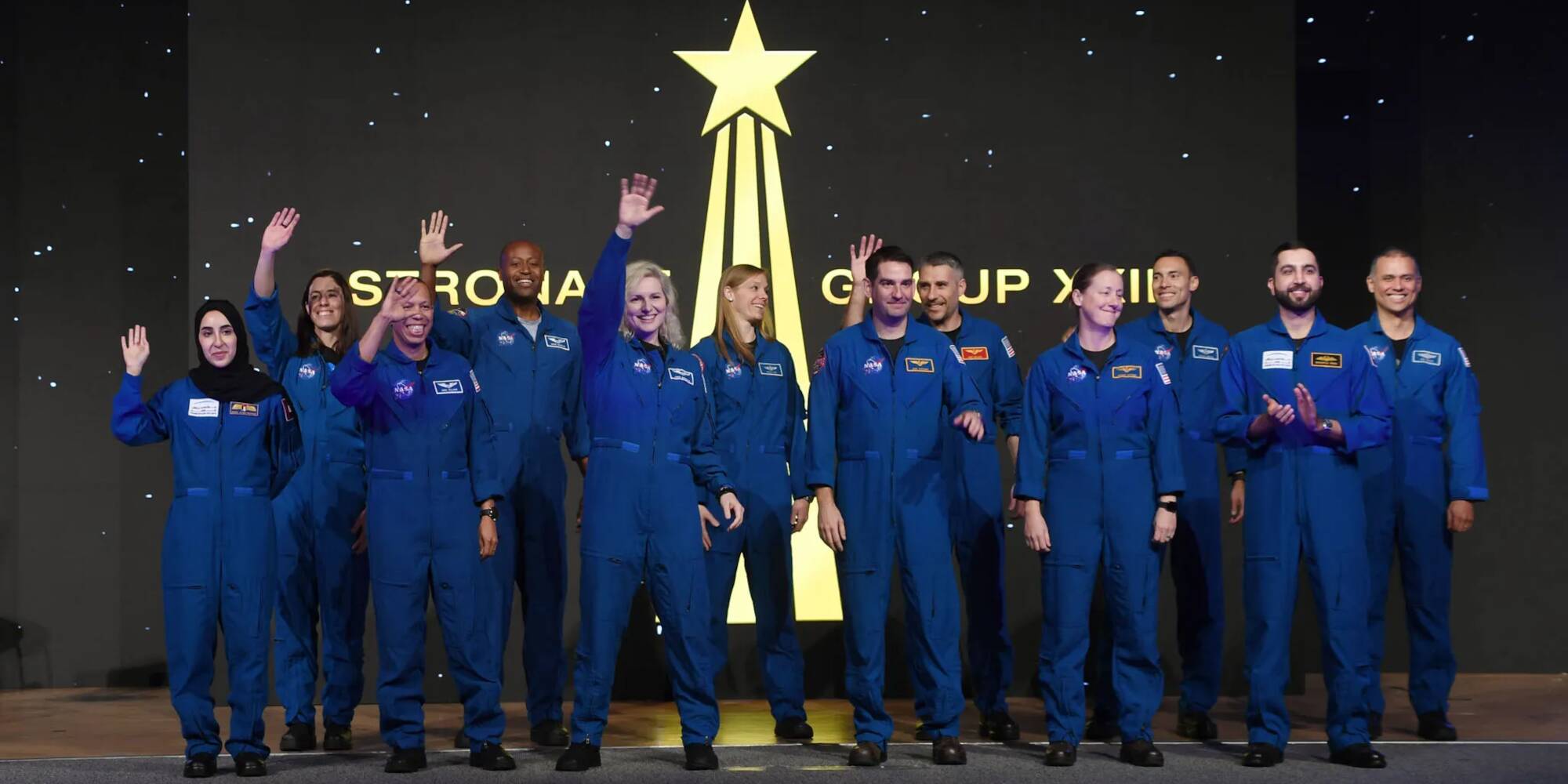A half dozen years ago, or thereabouts, I entered the Canadian version of this competition, just to see how I’d fare, and to look at the process. Made it through the first couple levels of screening (from 3200 applicants, I was still in the hunt at 300 remaining) but then got filtered.
Some interesting bullet points if you’re thinking of applying, assuming the NASA questions are similar to the CSA ones:
(1) ham radio, morse code, or other amateur radio operator experience is an asset.
(2) Anything aviation or amateur rocketry is an asset, but in particular a pilot’s license. Anything aviation adjacent is still useful.
(3) Russian language (this might be changing in the current political environment)
(4) Experience in an “operational environment” – I suspect this is military jargon, but if you’d don’t field research as a scientist out of wilderness camps, or anything like that where you’re in a small group for work/adventure might apply here.
(5) Medical degrees, or advanced science degrees.
(6) Physical fitness and perfect vision
When I applied, my Russian sucked, my aviation experience was tangential (but copious), and I was a grad school dropout (from a planetary science program), so I didn’t float to the top. But it was enough to make it through the first layers.
There person who ended up winning was a medical-degree air force pilot. Hard to compete haha.
This is the best summary I could come up with:
NASA has wheeled out its latest set of astronaut graduates, dubbed “The Flies,” and announced that it is accepting applications for the next batch of astro-wannabes.
There is a good chance that at least some from this group will be assigned missions to the Moon and the International Space Station (ISS).
“Congratulations to NASA and the astronaut graduates,” said U.S. Office of Personnel Management (OPM) Director Kiran Ahuja.
“By partnering with OPM, NASA employed an automated and streamlined hiring process to screen applicants for these prestigious roles.”
The hiring process has moved on from the days of Deke Slayton calling up an applicant and asking them if they wanted the job.
There was a gap of more than a decade in selection following the end of the Apollo program before recruitment got going again with a group of 35 dubbed TFNG – Thirty-Five New Guys – although one of the group, Mike Mullane, wrote in his book Riding Rockets that TFNG was a play on the obscene military acronym FNG*.
The original article contains 408 words, the summary contains 170 words. Saved 58%. I’m a bot and I’m open source!




